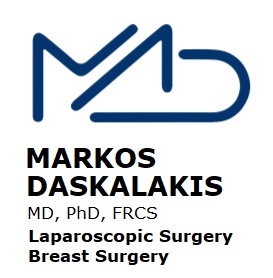
Gastric Bypass (Roux-en-Y)
The Roux-en-Y gastric bypass is performed under general anaesthesia using keyhole (laparoscopic) surgery.
In addition to reducing the capacity of the stomach, which restricts the amount you can eat and reduces your appetite, gastric bypass surgery reduces calorie absorption as food bypasses the rest of the stomach and the upper part of the small intestine. Moreover significant changes in gut hormones, bile acids metabolism and gut bacteria have been shown to facilitate weight loss and metabolic improvement.
In addition to reducing the capacity of the stomach, which restricts the amount you can eat and reduces your appetite, gastric bypass surgery reduces calorie absorption as food bypasses the rest of the stomach and the upper part of the small intestine. Moreover significant changes in gut hormones, bile acids metabolism and gut bacteria have been shown to facilitate weight loss and metabolic improvement.
Gastric Bypass (Roux-en-Y) Benefits
- Gastric bypass is associated with marked improvement or resolution in health conditions related to obesity, particularly type-2 diabetes (approximately 80-85% chance of resolution), arterial hypertension, gastro-oesophageal reflux, obstructive sleep apnoea, polycystic ovary syndrome (PCOS) and associated infertility, fatty liver disease, high cholesterol, and painful osteoarthritis. Improvement in overall physical and mental health.
- Gastric Bypass operation is particularly useful for those who crave for sweets (sweet-eaters) and patients with acid reflux under medical treatment.
Additional Info
The procedure
Small incisions are created in the abdominal wall to allow small instruments to be passed into the abdominal cavity, guided by a special surgical telescope with a video camera.
Using surgical staplers we will create a small pouch from the upper stomach, partitioning it from the lower part of your stomach. The stomach pouch is then connected directly to the small intestine (jejunum), bypassing the rest of the stomach and the upper portion of the small intestine (duodenum and proximal jejunum).
Very rarely a drain will be inserted to collect fluid from inside your abdomen.
Very rarely a drain will be inserted to collect fluid from inside your abdomen.
Hospitalisation
Complications
After surgery
Long term results



